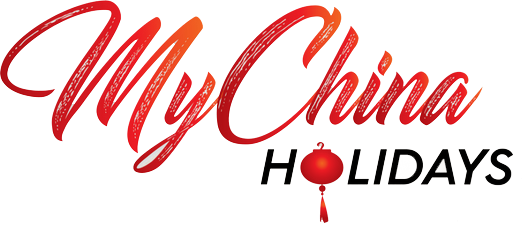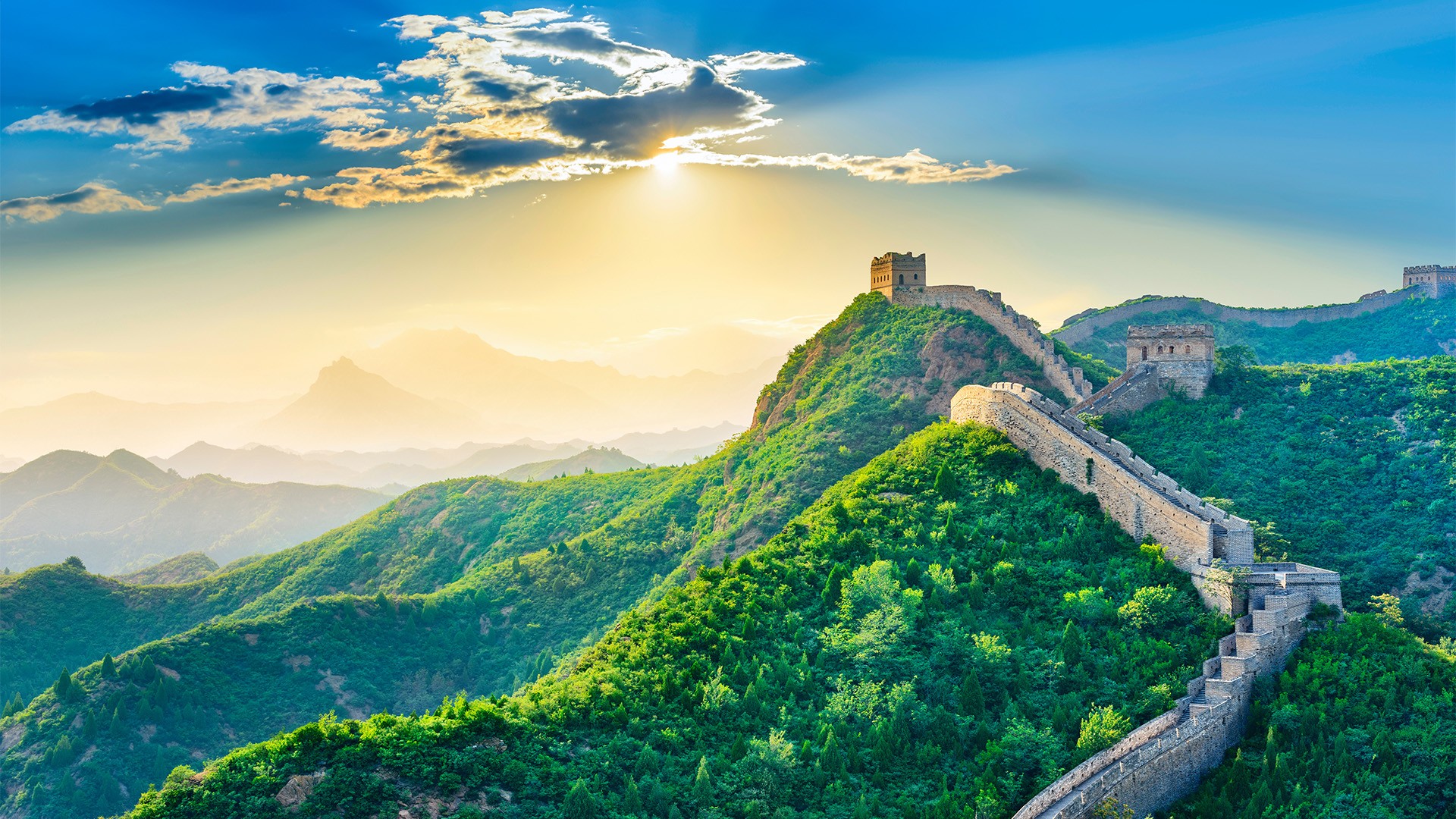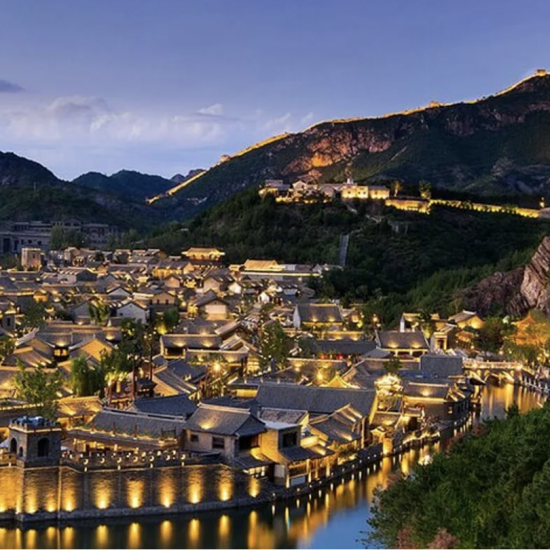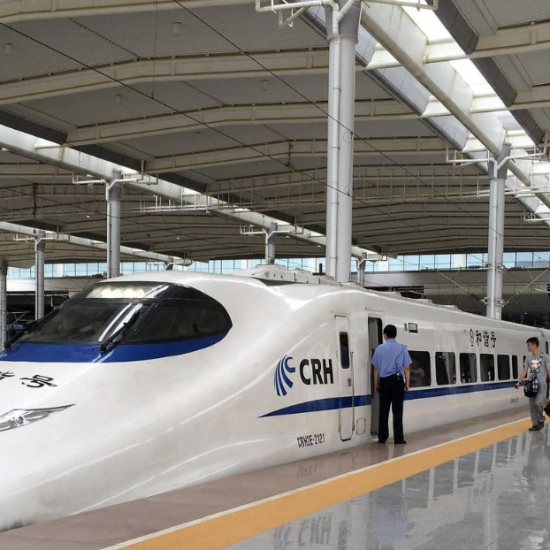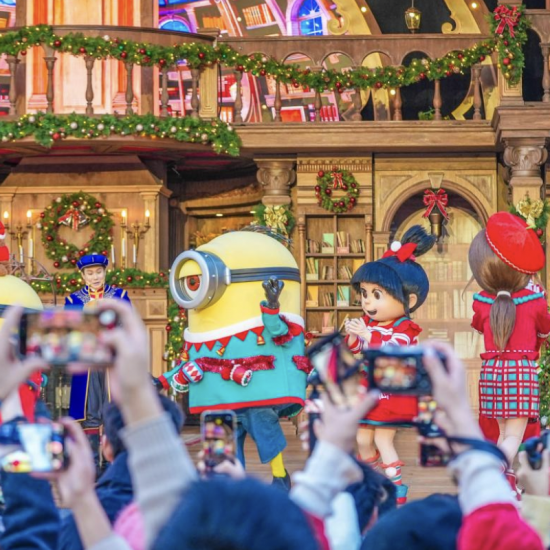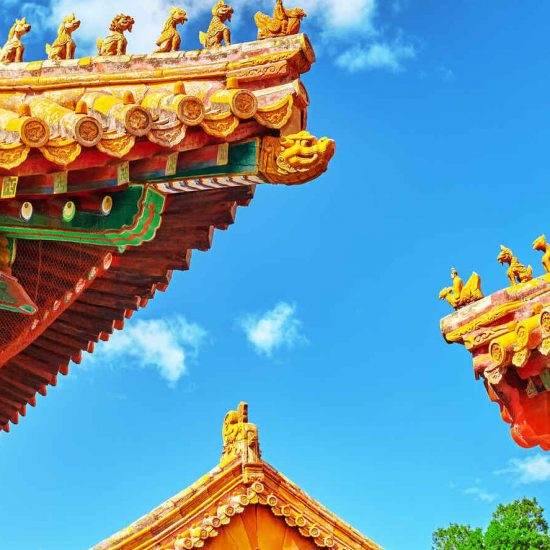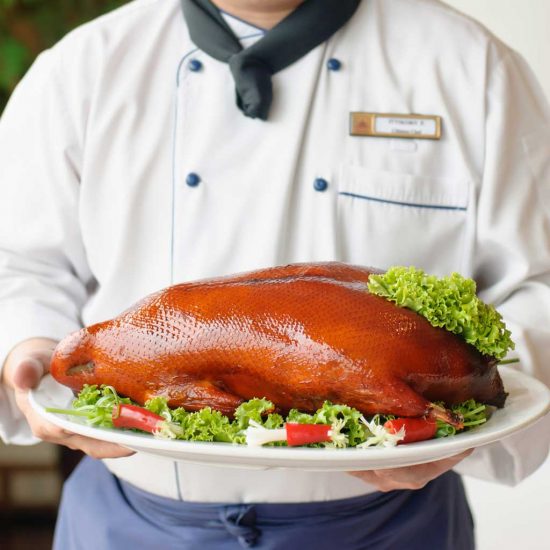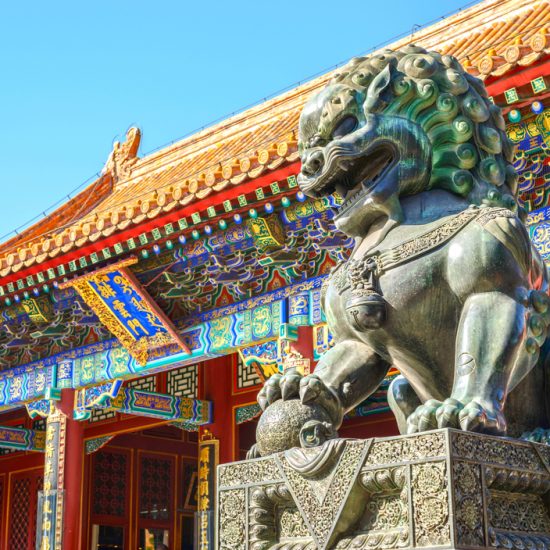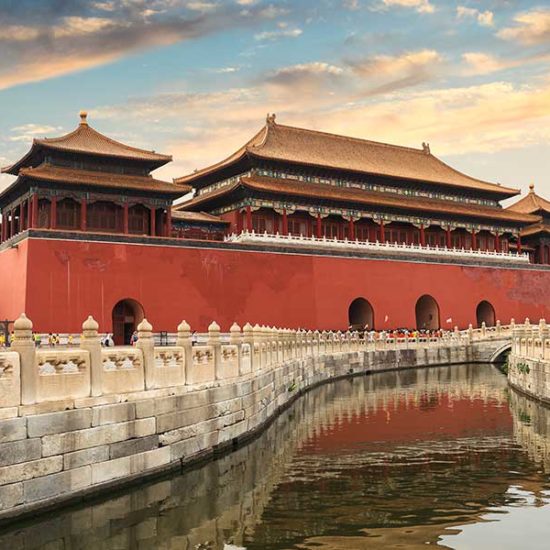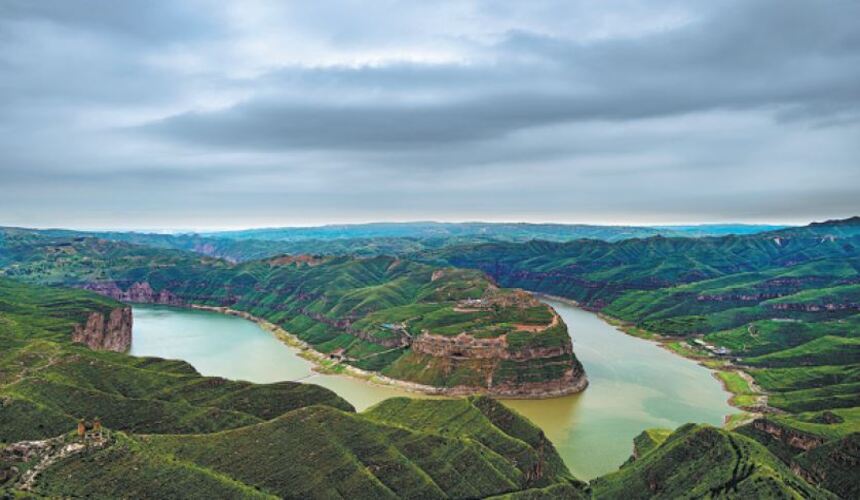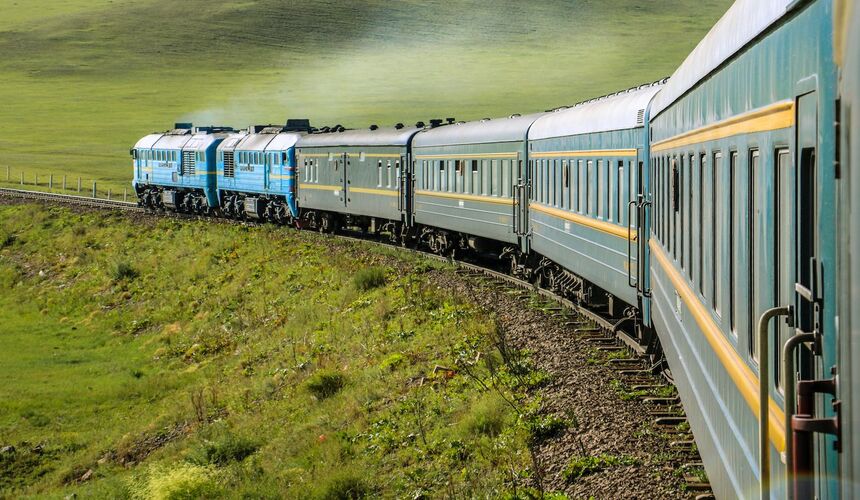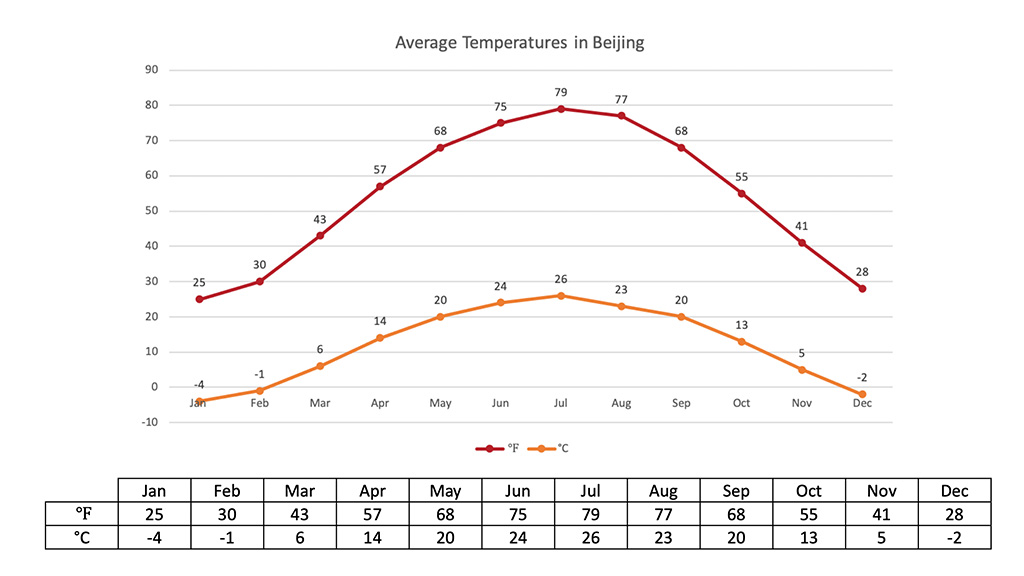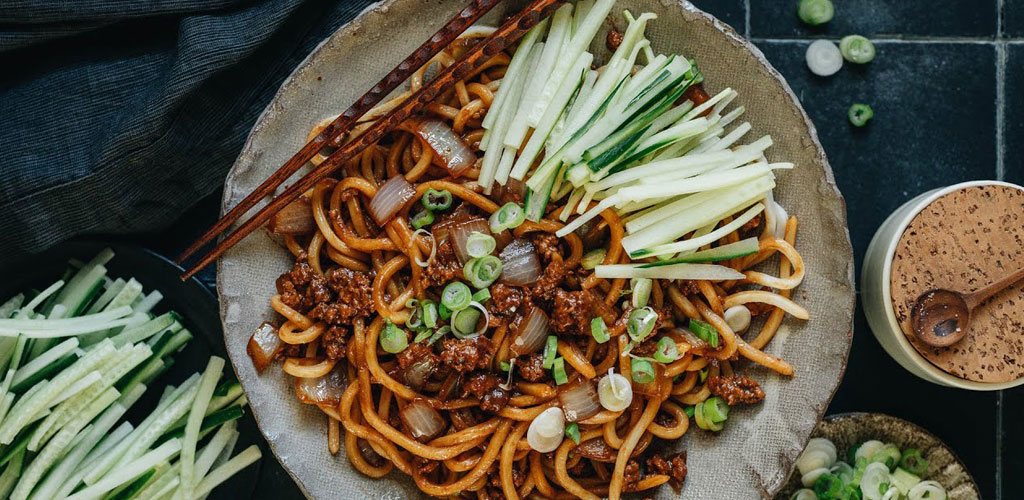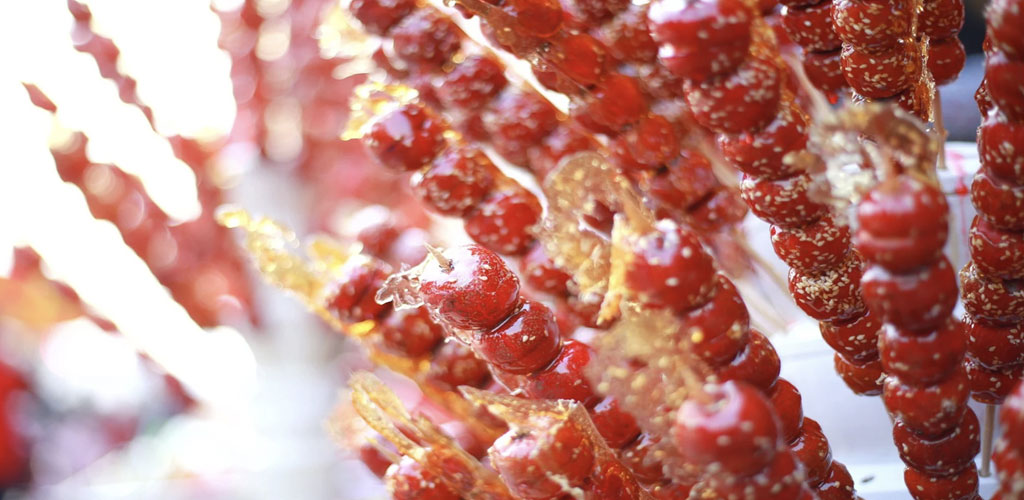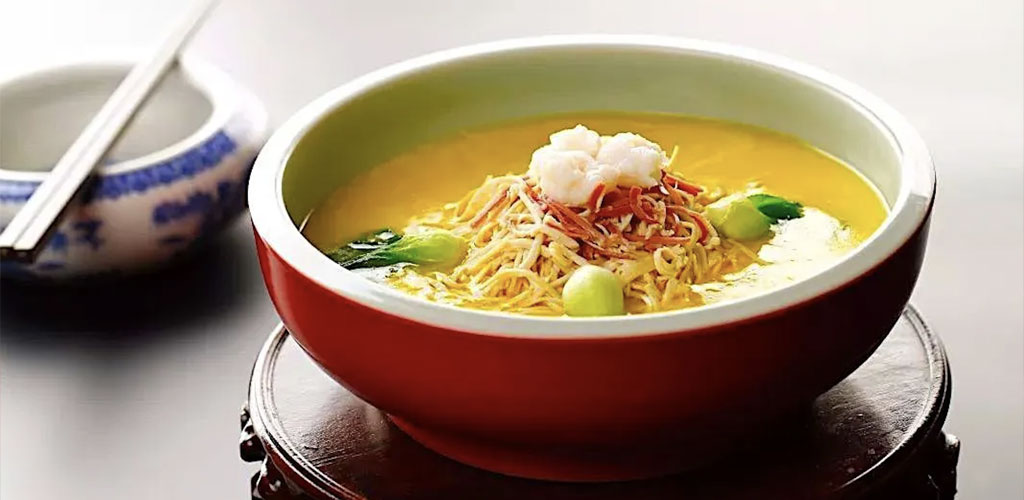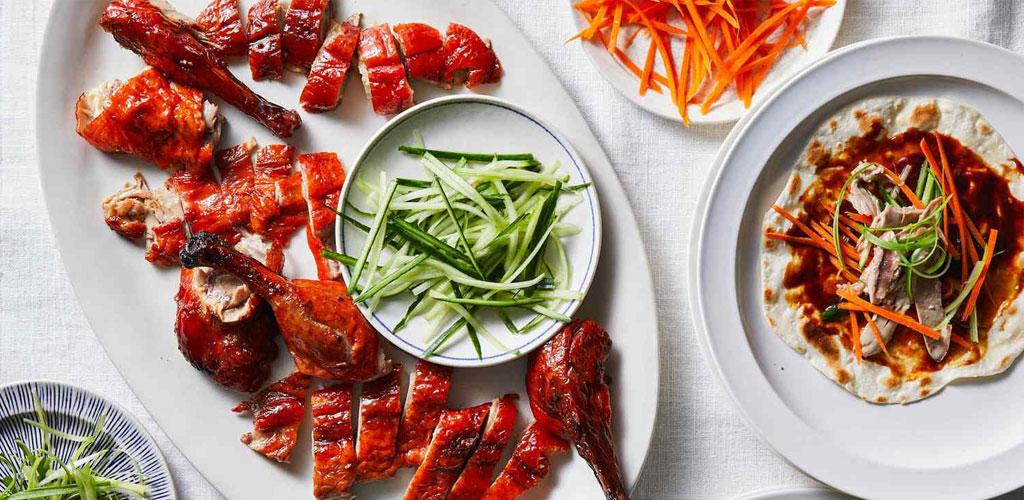The ever glittering city
Mingle with the old and new exuberant Beijing, the capitol of People’s Republic of China, which goes back to 3000 years of rich history and where the tallest skyscrapers, sacred religious monuments, classical museums, giant pandas and most of the world wonders meet in one place. This metropolitan city is the centre of the political, economic and cultural arena of the nation. Millions of tourists draw like a magnet every year to see the heart and soul of China, making it the 2nd busiest airport in the world. Be prepared to be overwhelmed by the natural scenic spots and traditional historical sites in this ever-changing global city, you will never forget.
The best times to visit Beijing are from March to May and from September to October. These temperate seasons offer the ideal climate, as well as vibrant landscape. The average spring temperature ranges between 14 and 20 °C (57 and 68 °F) and is moderate, windy, and variable between day and night. During autumn, it is less likely to rain or be windy in Beijing, and the foliage changes color as the average temperature ranges from 13 to 20 °C (55 to 68 °F). It is neither too hot nor too cold during this time, and the peak season (May to September) has been replaced by the off-season (Oct to April), resulting in a decline in the number of travelers. Summer brings sweltering heat, whereas winter brings frigid temperatures and sometimes snow. However, observing the white snow against the red regal buildings is quite breathtaking.
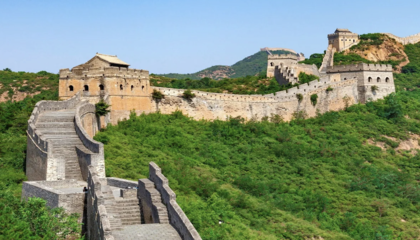
Great Wall
Mutianyu Great Wall is the most popular Great Wall section among travelers! The vegetation coverage is as high as 90% with 23 watchtowers. When you visit you will see that the wall has a crenellated parapet that protected soldiers in the past from the arrows. This is very the only section of the Great Wall that has one so it’s pretty rare. If you have kids, Mutianyu Great Wall will be your best choice. Take a cable car up and walk east down to Tower 6 where your kids can enjoy the toboggan sliding down.
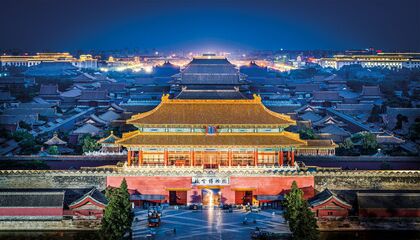
Forbidden City
The Forbidden City was the political and ritual center of China for over 500 years. After its completion in 1420, the Forbidden City was home to 24 emperors, their families and servants during the Ming (1368–1644) and the Qing (1644–1911) dynasties. Measuring 961 meters in length and 753 meters in width, the Forbidden City is composed of more than 90 palace compounds including 98 buildings and surrounded by a moat as wide as 52 meters.
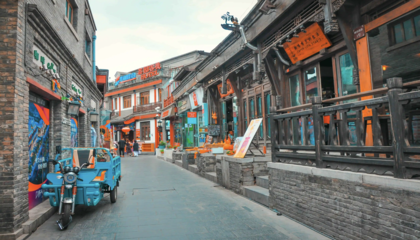
Beijing Hutongs
As one of the oldest cities in the world, Beijing retains a wealth of historical sites while also achieving rapid modernization. Escape the modernity of the capital city for an interesting experience by walking through one of the hutongs. These narrow alleys are formed by the walls of traditional courtyard homes, called siheyuan 四合院, and represent the social center of life for many locals. It’s easy to lose track of time while you enjoy the old Beijing lifestyle, the historic architecture and the local street food along your way.
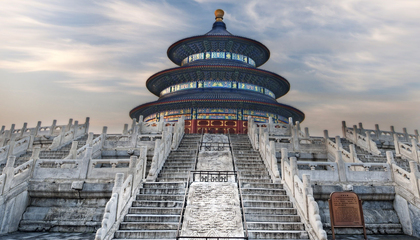
The Temple of Heaven
It is four times larger than the Forbidden City and was used by emperors to hold ceremonies during the Winter Solstice Festival and to pray for good harvests in the first month of the lunar year. It is China's largest existing structure used to make sacrifices to heaven. It’s a wonderful place to explore Chinese history and culture, as well as being a great place to see lilac flowers in Beijing.
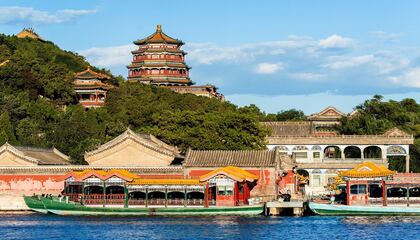
Summer Palace
The Summer Palace, a masterpiece of Chinese garden architecture and a must-see site in Beijing, served as an imperial retreat for emperors escaping the oppressive summer doldrums of the ancient imperial metropolis and, most recently, as Empress Dowager Cixi's retirement playground. It merits an entire day’s exploration, although a (high-paced) morning or afternoon exploring its waterways, pavilions, bridges and temples may suffice.
Chinese imperial cuisine that originated in the “Emperor’s Kitchen” influenced Beijing cuisine. It is derived from a diversity of regional cuisines in China, particularly Shandong and Jiangsu provinces. Famous for its complex cooking techniques and stringent ingredient selection. The color and design of the dish must be meticulously arranged due to the importance of visual presentation. Dark soy paste, sesame paste, sesame oil, and scallions are prominent, and fermented tofu is frequently served as a condiment. In terms of preparation techniques, various frying methods are frequently employed.
Must-try: Wensi tofu, Peking duck, Zhajiang Noddles, Sachima, Baked sesame seed cake, Bingtanghulu
Air
There are two airports in Beijing: Capital International Airport (PEK) in the city’s northeast, approximately 25 kilometers (16 miles) from Tiananmen Square, and Daxing Airport (PKX) approximately 53 kilometers (33 miles) to the city’s south. They both offer domestic and international flights; therefore, it is essential to double-check which airport you are going to travel to, particularly when departing from the city. Also are readily accessible via airport shuttle, express subway, and taxi.
Train
Beijing is the hub of China’s rail network, with trains to the majority of the cities in China. There are 5 main train hubs in the capital of China, each linking the city with different destinations: Beijing Central Railway Station, Beijing South Railway Station, Beijing West Railway Station, Beijing East Railway Station, and Changping North Railway Station.
Jingjiu Railway connects Beijing to Kowloon in Hong Kong, Jinghu Railway to Shanghai, Jingguang Railway to Guangzhou, and Jingha Railway to Harbin, among others. In recent years, the intercity railway to Tianjin, as well as the high-speed railroads to Shanghai and Guangzhou have been constructed, allowing travelers to travel from the capital city to Tianjin in approximately 30 minutes, to Shanghai in approximately 4.5 hours, and to Guangzhou in approximately 8 hours.
